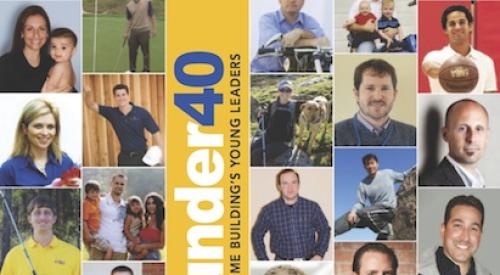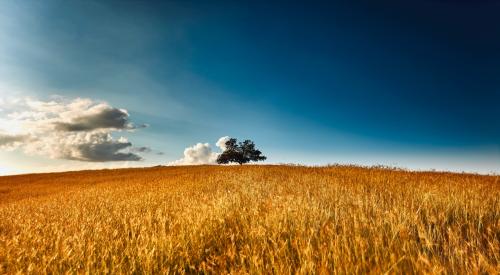The goal, says Steven Winter, chairman of the USGBC, is to develop a certification system that accredits builders and the homes they build for various levels of energy efficiency and environmental design. Earlier this year, the USGBC, which consists of builders, architects, developers, building owners and an array of consultants and government officials, implemented a similar program for commercial builders.
Known as the LEED Commercial Green Building Rating System, (short for Leadership in Energy and Environmental Design), the standard has quickly earned the backing of key federal and local government entities. Included on that list is the U.S. General Services Administration, the Department of the Navy, the City of Seattle, the State of Pennsylvania and many others.
The overall effort is significant, says Winters, president of a Connecticut-based building systems consulting firm, because as it stands now, there is no single set of guidelines that builders can follow. Instead there are several notable local green building programs and dozens of isolated builders around the country who have gone green on their own.
At the high end of the standards spectrum are programs that for years have made a big impact on the way homes are built in places like Austin, Atlanta and Denver. But in most places around the country there is confusion over the meaning of "built green" leaving the door open to builders who simply use the term as a way to market their homes to the growing ranks of environmentally conscious households. Indeed there have been cases where builders have loosely marketed their homes as "green" on the slimmest of claims: the use of double pane windows or engineered lumber.
A good analogy could be made between the situation that the food industry found itself in a few years ago when suppliers began labeling foods as "fresh" and "100% Pure". The solution was a food labeling standardization initiative from the U.S. Food and Drug Administration.
"The U.S. Green Building Council is interested in raising the bar of the greenness of buildings to a significant extent," notes Winter.
Leading up to next month’s three-day conference/ charette in Kenosha, Wis., 35 committee members of the Washington, D.C.-based group will create the initial version of what is being called LEED Residential. On the table at the event will be the work of five previously organized committees, each with responsibility for a major portion of the project: land use and planning, community issues, energy, materials and recycling and indoor air quality. At the end of the charette, a draft version will go back to each committee for comment.
It is hoped, says David Johnston, a green building consultant who is on the steering committee of the LEED Residential effort, that by the end of this year a pilot program using a beta version of the new standard will be up and running. Then, if all goes well, he says, the plan is to roll it out nationally by the end of 2001 with the blessing and input of all of the various local programs that are already going. "The issue is not to be better than or to be greener than other programs," notes Johnston. "The real issue is widespread market transformation in a more environmentally responsible direction."
Marc Richmond-Powers, chair of the LEED Residential Committee, is acutely sensitive to making the national standard work well as an umbrella over the various local programs. He has been involved with the green building program in Austin for five years and is presently coordinator of the residential portion of the program.
According to Richmond-Powers there are about eight green building rating systems across the country. When LEED Residential emerges onto the scene next year he envisions these programs will complement the national system. In Austin, for example, the program that has been in place since 1991 is probably preferable to any new system, Richmond-Powers says. But if other local rating systems around the country sought to integrate with LEED, some LEED credit might be assigned to builders that are certified as green builders there. He also envisions granting credits for compliance with other programs like HUD’s Energy Star program.
"There is no way that LEED can be specifically perfect for Austin as well as it is for Albuquerque or San Francisco," says Richmond-Powers. "Water use and solar protection are issues that dominate in Austin whereas in the Pacific Northwest you might be focused on trying to use sustainably harvested lumber."
One very important difference between what is envisioned for LEED Residential and the current local programs is their overall structure. Whereas most local programs have lists of things that must been done: caulking, types of windows, etc. Instead, LEED will ultimately be comprised of a series of targets.
"LEED Residential will be prescriptive and umbrella-like, allowing builders to get to the goal in any way shape or form,"notes Richmond-Powers. "You can take whatever path you want."












